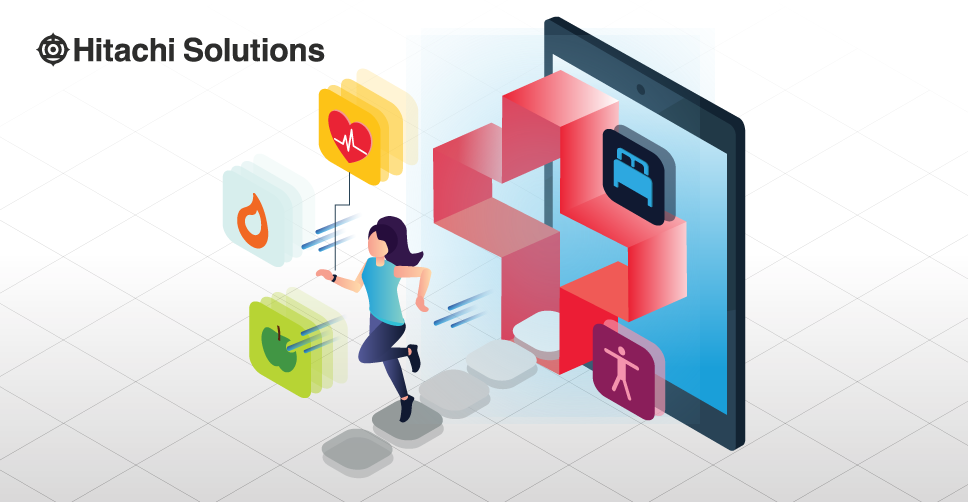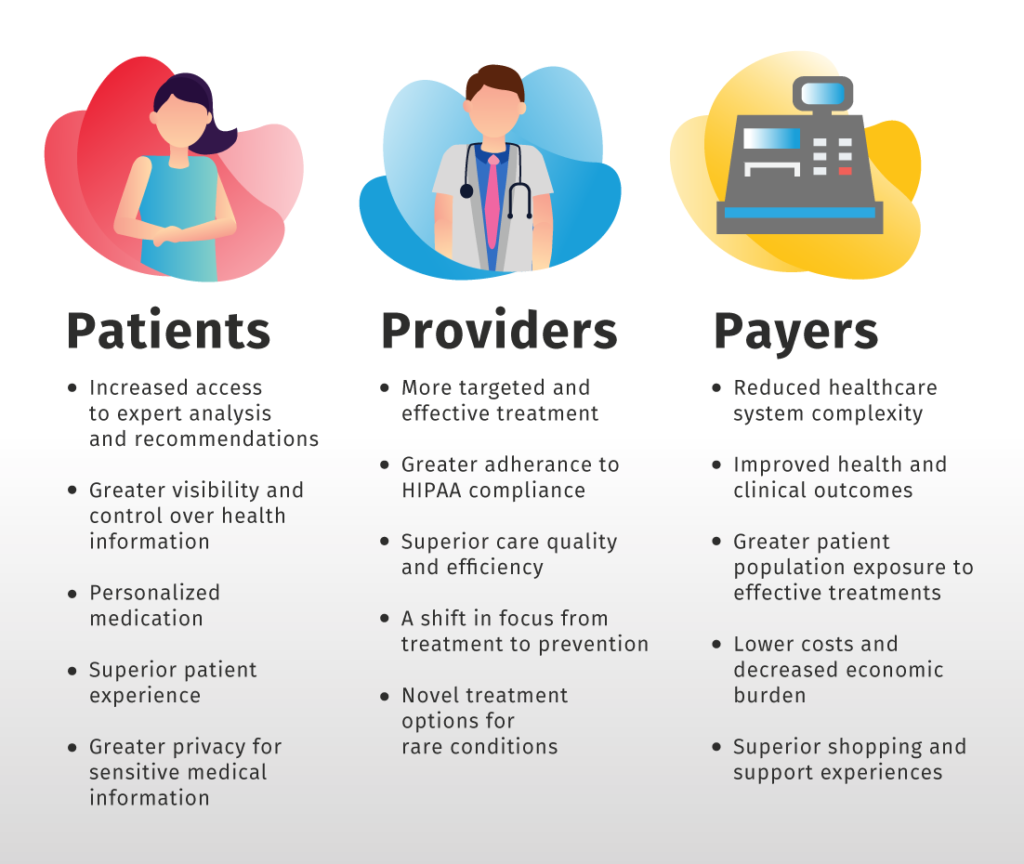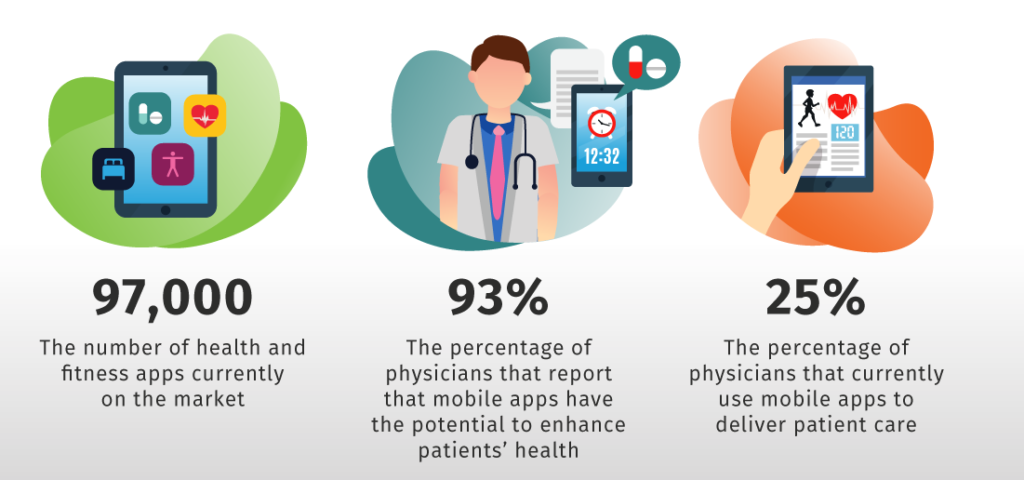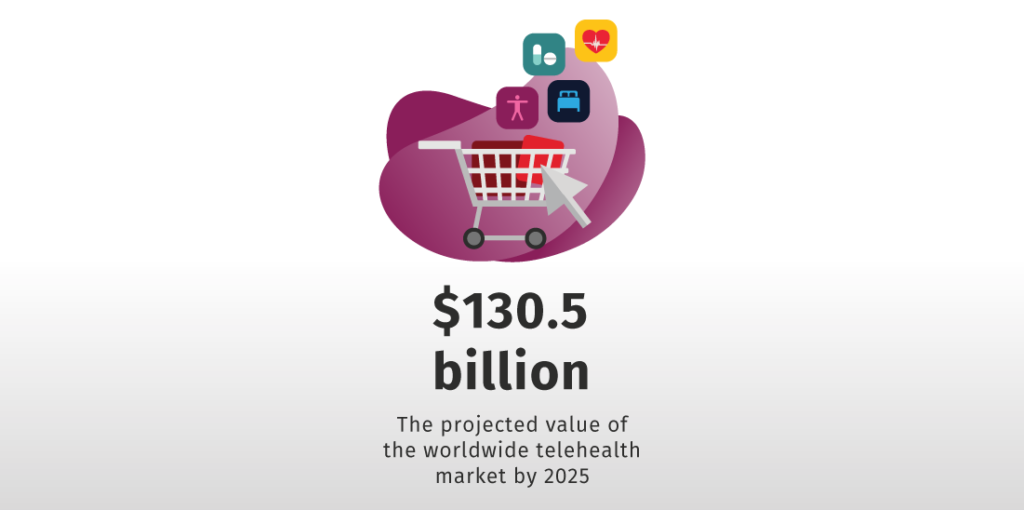

5 Reasons Why Healthcare Organizations Are Creating Digital Front Doors
Take a deep dive into the digital front door strategy and deliver better outcomes with digital solutions from our eBook.
Download the EbookFilling a prescription through the CVS pharmacy mobile app.
Tracking your sleep cycle by wearing an Apple watch.
Consulting your primary care physician over a Skype call.
What do each of these things have in common? They’re all examples of the ways in which technology is helping patients stay on top of their health, and how healthcare practitioners ensure their patients’ continued wellbeing especially when we need to be more cautious of going to the clinic. These and other technologies are part of a growing trend known as digital health, which is actively reimagining the way the healthcare industry handles diagnosis, treatment, and prevention.
What is Digital Health & How is It Used?
Although there is no one, all-encompassing definition for digital health, the United States Food and Drug Administration roughly defines it as a collection of technologies that:
“…can empower consumers to make better-informed decisions about their own health and provide new options for facilitating prevention, early diagnosis of life-threatening diseases, and management of chronic conditions outside of traditional care settings.”
One of the most exciting things about digital health technology, other than the fact that it capitalizes on the latest innovations, is that it makes healthcare accessible to a wider audience and safer in times of global pandemic. Different parts of the country — and of the world — struggle with the accessibility and affordability of quality healthcare. However, thanks to digital health technology, such as smartphones, the internet of things (IoT), and artificial intelligence (AI), patients in remote areas now have the ability to receive expert analysis and recommendations at a reduced cost, all without having to make a trip to the nearest clinic and preventing spread of contagious illnesses.
This is just one example of how patients and practitioners alike stand to benefit from digital health technology. Other benefits include:

The Sub-Sections of Digital Health
We’ve touched a little on the types of technology that fall under the umbrella of digital health, but did you know that digital health, itself, breaks down into several sub-sections? They are as follows:
Mobile Health: The World Health Organization defines mobile health, or mHealth, as:
“…medical and public health practices supported by mobile devices, such as mobile phones, patient monitoring devices, personal digital assistants (PDAs), and other wireless devices.”
Mobile health provides healthcare practitioners with a convenient way to coordinate treatment and share important medical information with their patients, all in real time.
Wearable devices — a relatively recent mHealth trend — provide additional benefits. These devices use IoT technology to generate up-to-the-minute data on patients’ vitals, which patients can use to stay on top of their health and reduce the need for in-person visits. Healthcare providers can also use this information to customize treatment, monitor the efficacy of that treatment, and even develop personalized prevention plans for their patients.
Mobile health is currently one of the most popular sub-sections of digital health, with over 97,000 health and fitness apps currently on the market. Healthcare providers swear by mHealth, too: 93% of physicians report that mobile apps have the potential to enhance patients’ health, and over 25% report that they currently use mobile apps to deliver patient care.

Health Information Technology: Health information technology, more commonly known as health IT, “refers to the electronic systems healthcare professionals — and increasingly, patients — use to store, share, and analyze health information.”
Health IT includes:
- Electronic health records
- Personal health records
- Electronics prescriptions
- Privacy and security
Healthcare providers can use health IT to automate new patient onboarding, view prior test results, send prescription orders directly to the pharmacy, provide online patients with online access to their medical records, and more — all in the interest of making patients’ lives easier.
Digital Therapeutics: According to the Digital Therapeutics Alliance, digital therapeutics (DTx):
“…deliver evidence-based therapeutic interventions to patients that are driven by high quality software programs to prevent, manage, or treat a broad spectrum of physical, mental, or behavioral conditions.”
DTx is something of an outlier in the world of digital health in that even though it originated back in 1995, there are currently few products currently on the market to support it. That said, digital healthcare innovators are working to change that every day: From online learning content designed to deliver behavioral interventions to using virtual reality to build simulations for exposure therapy, DTx is providing creative solutions to complex healthcare challenges.
Telehealth: The Mayo Clinic defines telehealth as “the use of digital information and communication technologies, such as computers and mobile devices, to access health care services remotely” — emphasis on remotely. That’s because telehealth enables patients to access quality healthcare without ever having to leave their homes. This a real asset for patients living in remote communities, as well as those who live in urban areas but lack the time to schedule in-person appointments.
Most telehealth technologies fall into one of two subcategories: telemedicine and telecare. Telemedicine establishes a direct line of communication between physician and patient via telecommunication technology — think video conferencing or text messaging. Telecare, also known as telemonitoring, uses IoT for long-distance health monitoring; examples of telecare include medical alert systems and in-home monitoring devices. That said, there are examples of telehealth technologies that defy categorization, such as online patient portals and online health education services.
Telehealth is one of the fastest growing markets in the digital healthcare sector and is projected to exceed $130.5 billion worldwide by 2025. And it’s no small wonder why: Studies show that telehealth saves time and money, and that patients believe telehealth services meet their needs even more effectively than in-person visits.

The Secret to a Solid Digital Health Strategy
Digital healthcare isn’t designed to be a replacement for traditional healthcare, but rather a valuable supplement to it. By combining digital health technologies with standard treatments, healthcare providers can:
- More closely monitor their patients’ health
- Diagnose health issues with greater accuracy
- Develop personalized prevention or treatment plans
- Provide services to a wider audience
- Improve the overall quality of their patients’ lives
To reap these rewards, providers must first build a solid foundation for their digital health strategy — and it all starts with interoperability. In order for digital healthcare systems to generate real-time, data-driven insights that support prevention, diagnosis, and treatment, they need to be integrated in such a way that they can seamlessly communicate with one another. A lack of interoperability is currently the primary stumbling block to the digital health revolution, but for those healthcare providers who have unlocked the secret to system and platform integration, digital health has opened up a world of possibilities for both them and their patients.
—
Microsoft has fully embraced the digital health revolution. From developing mobile applications that provide patients and practitioners with ease of use to integrating multiple systems for seamless interoperability, Hitachi Solutions is primed to help healthcare professionals deliver exceptional digital health solutions. To learn more about how you can enable personalized care and improve the digital health experience through the power of Microsoft, contact Hitachi Solutions today.


